The 1970s brought a unique charm to anniversary celebrations that combined earnest sentimentality with the decade’s distinctive style. In an era before social media and digital invitations, couples marked their milestones with rituals that felt more intimate and handcrafted. Here’s a look back at how families honored their love stories during this memorable decade.
1. Paper Anniversary Parties Literally Featured Paper
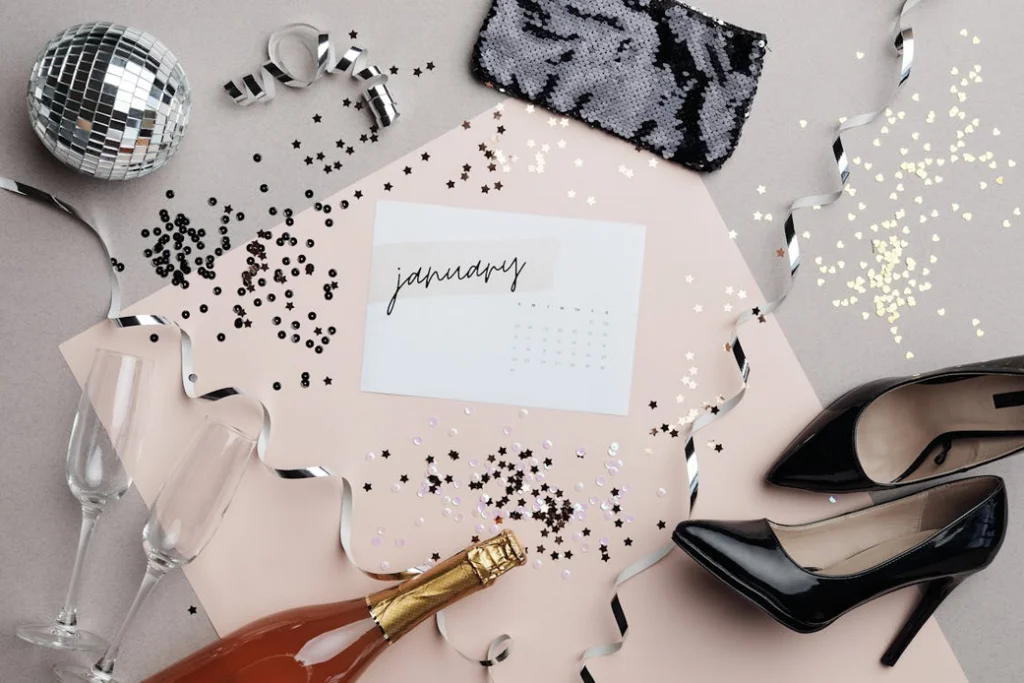
For first anniversaries, couples and their families fully embraced the traditional “paper” theme. Invitations were handmade from construction paper, paper streamers adorned the walls, and paper napkins were folded into creative shapes. Some adventurous couples even decorated with paper-mâché art or origami centerpieces. LifeSong Milestones gives a thorough rundown of etiquette to keep in mind for anniversary parties.
These celebrations often took place in someone’s living room or finished basement rather than a formal venue. The joy was in the crafting and personal touches, with relatives helping to cut out paper hearts and flowers days before the event. This hands-on approach made each anniversary feel uniquely special.
2. The Anniversary Dinner Party at Home
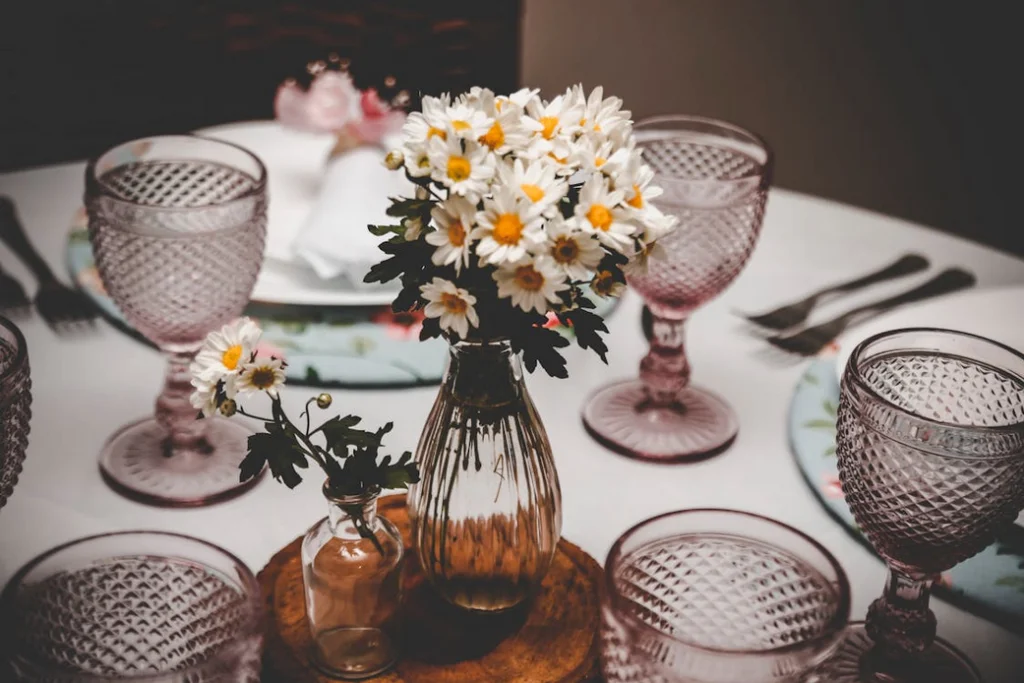
Couples frequently celebrated with intimate dinner parties at home, featuring fondue pots, rotisserie chickens, or casseroles. The dining table would be set with the good china and cloth napkins, and everyone dressed in their best polyester suits and maxi dresses. These evenings typically started with cocktails in the living room, often featuring Harvey Wallbangers or whiskey sours. For some inspiration, Food & Wine has ideas for romantic date nights that translate well to anniversary dinners.
The host couple usually cooked the entire meal themselves, from appetizers to dessert. Guests would bring side dishes or wine, creating a communal feeling. After dinner, coffee would be served with an homemade anniversary cake, often decorated by a talented family member or neighbor.
3. Revisiting the Honeymoon Spot

Instead of planning elaborate trips, many couples returned to their honeymoon destination, even if it was just a local motel or campground an hour away. They’d often stay in the same room if possible, recreating their first days as newlyweds. For those with children, grandparents or older siblings would babysit for the weekend. TripAdvisor trots all around the globe to list all the most popular honeymoon locations from which to start life’s next great adventure.
Some couples would bring back souvenirs from these trips – perhaps a local craft item or photograph – to add to their growing collection of marriage memories. These simple getaways became cherished traditions that reinforced the couple’s bond without breaking the bank.
4. The Anniversary Slideshow
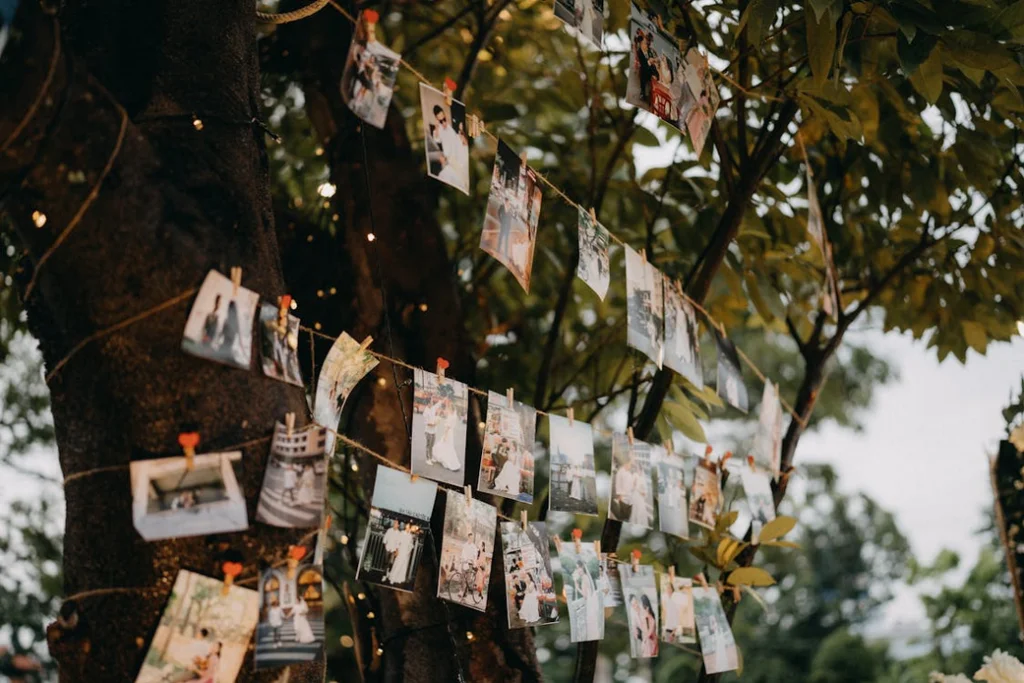
Before digital presentations existed, families gathered around projectors to watch slideshows of wedding photos or highlights from the marriage. Someone would operate the projector while providing commentary, and the click of changing slides provided a rhythmic backdrop to stories about the couple’s life together.
These events often included multiple generations, with children seeing their parents as young newlyweds for the first time. The grainy quality of the slides and occasional technological hiccups only added to the charm. Many couples would update their slide collection each anniversary, documenting their growing family.
5. Anniversary Plants and Trees
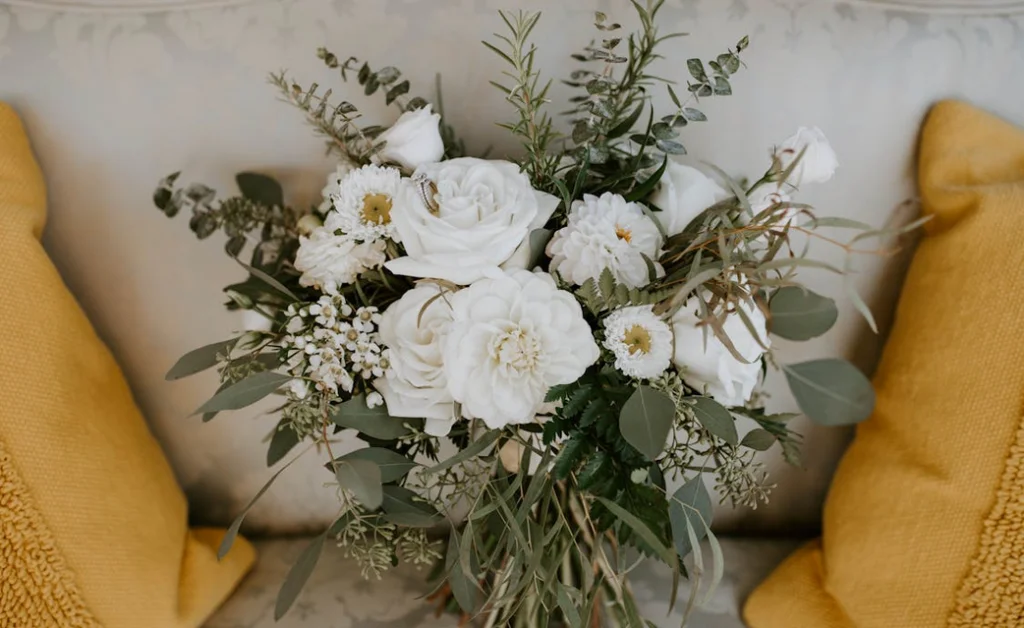
Rather than cut flowers, couples often received potted plants or saplings that could be planted in their yards. These living gifts symbolized growth and permanence, with families starting traditions of taking annual photos next to “The Anniversary Tree” to show its progress alongside their own.
Many homes from this era still have mature trees that were planted to commemorate early anniversaries. These living memorials became part of family histories, often surviving relocations when couples moved to new homes. The practical nature of these gifts reflected the era’s down-to-earth sensibilities.
6. Home Movie Nights

Families would rent or borrow an 8mm projector to screen home movies on anniversary nights. These grainy, silent films captured everything from the wedding ceremony to children’s birthdays, often accompanied by commentary from family members providing running jokes and memories.
The experience of setting up the screen, threading the film, and adjusting the focus was part of the celebration itself. These movie nights became annual traditions where newer footage was added to the collection, creating a visual timeline of the marriage.
7. Anniversary Recipes and Cookbooks
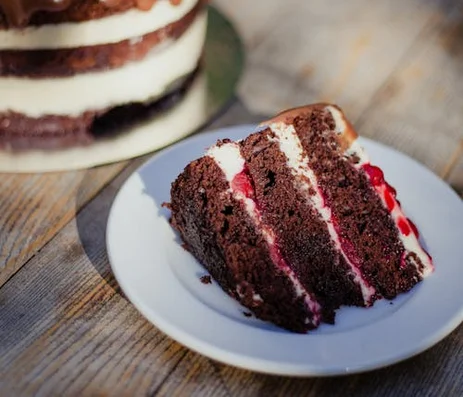
Families would collect their favorite recipes and compile them into handmade cookbooks as anniversary gifts. These often included dishes served at the wedding reception, family favorites, and new recipes discovered during the marriage. Handwritten recipe cards were decorated with drawings or photographs.
These collections became treasured heirlooms passed down through generations. They documented not just culinary preferences but also showed how tastes and cooking styles evolved throughout the marriage. Some families added new recipes each anniversary year.
8. The Anniversary Dance in the Living Room
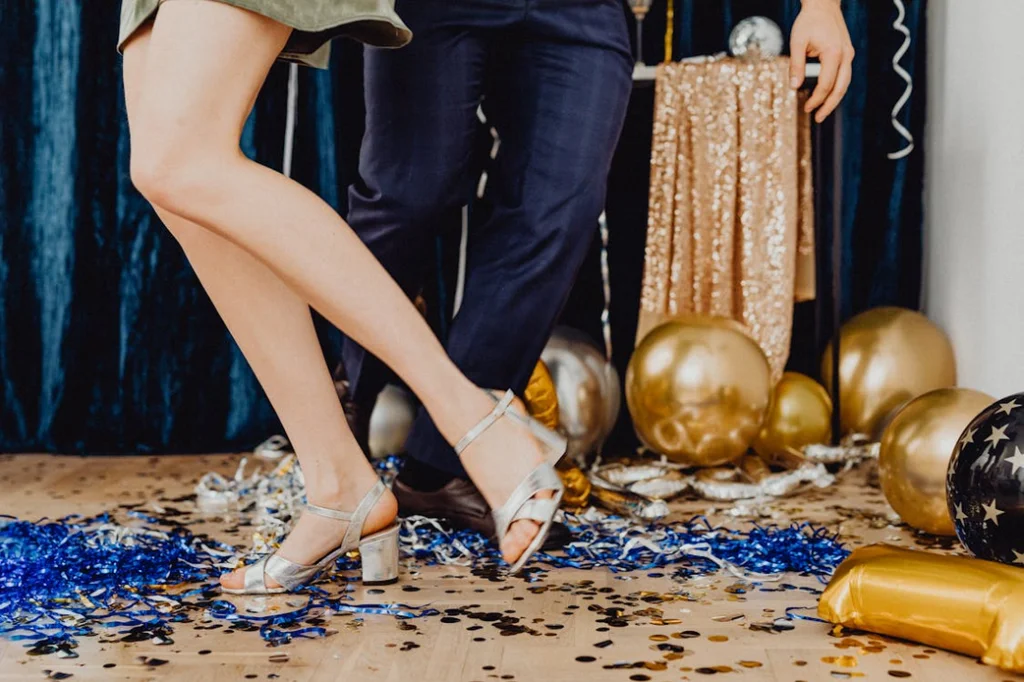
After dinner, furniture would be pushed aside to create a makeshift dance floor in the living room. Couples would replay their wedding song on the record player, often dancing to the same 45 RPM single they’d saved from their wedding day. Children would watch, giggling at their parents’ disco moves or slow dances.
These impromptu dance parties sometimes expanded to include other couples, with everyone taking turns selecting songs from the family’s record collection. The crackle of the vinyl and the effort of manually changing records made each dance feel more intentional and special.
9. Anniversary Time Capsules
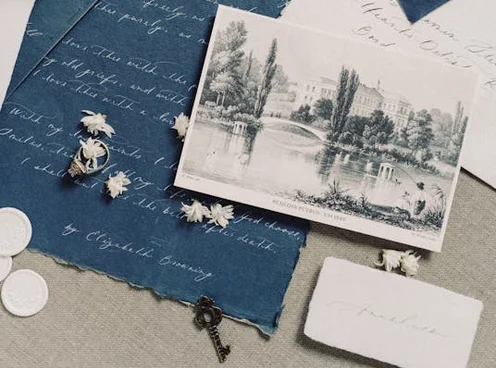
Forward-thinking couples created anniversary time capsules containing newspaper clippings, family photos, children’s artwork, and mementos from the year. These were often sealed in metal containers or sturdy boxes and buried in the backyard or stored in the attic with plans to open them at a significant future anniversary.
The contents reflected the optimism of the era, with couples imagining themselves opening these treasures decades later. Some included letters to their future selves, predictions about their children’s futures, or hopes for their marriage. These time capsules became family archaeology projects for later generations.
10. Renewal of Vows at Home
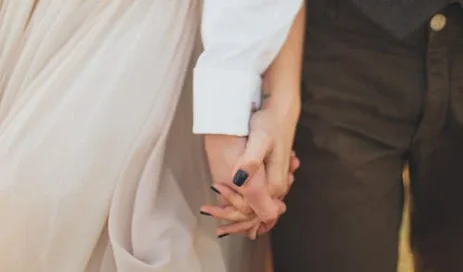
Instead of formal ceremonies in churches, couples would sometimes renew their vows in their backyard or living room with family and close friends. These casual events featured homemade decorations, potluck style refreshments, and often included children as part of the ceremony.
Couples would wear items from their original wedding or create new outfits that reflected current fashion trends – perhaps bell-bottoms or leisure suits. The focus was on reaffirming commitment rather than elaborate production, with heartfelt speeches often replacing formal declarations.
11. Anniversary Charm Bracelets
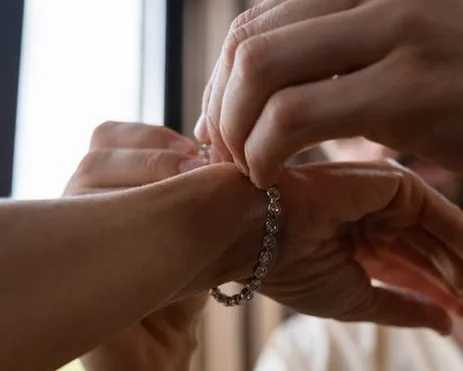
Women often received special charms for their bracelets to commemorate each anniversary. These might feature the year, a symbol representing a memorable event, or a traditional anniversary material. The bracelet became a wearable timeline of the marriage, jangling with memories as the years went by.
Husbands would take pride in selecting unique charms, sometimes ordering them from catalogs or finding them on trips. The charms weren’t always expensive but they told stories – a tiny Eiffel Tower for the year they visited France, or a miniature baby carriage when the first child arrived.
12. Anniversary Letters to Each Other
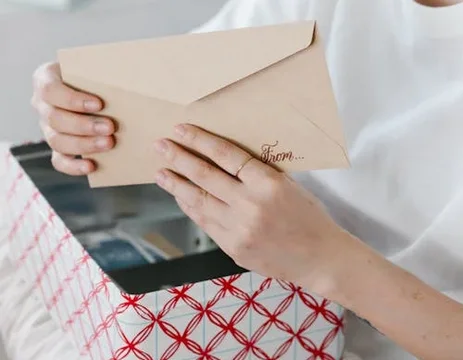
Couples maintained the tradition of writing heartfelt letters to each other on each anniversary. These weren’t quick cards but lengthy missives recounting the year’s highlights, expressing gratitude, and reaffirming love. Many saved these letters in special boxes or albums.
The letters often included references to current events, family milestones, and personal growth. Written in distinctive 1970s handwriting styles on quality stationery, these letters became precious historical documents that children would discover decades later, offering glimpses into their parents’ enduring romance.
These 1970s anniversary traditions reflected a perfect blend of tradition and the era’s unique character. They emphasized personal connection, creative expression, and family involvement while avoiding the commercial excess that would characterize later decades. These celebrations weren’t about impressing others but about honoring the journey two people had chosen to take together.


